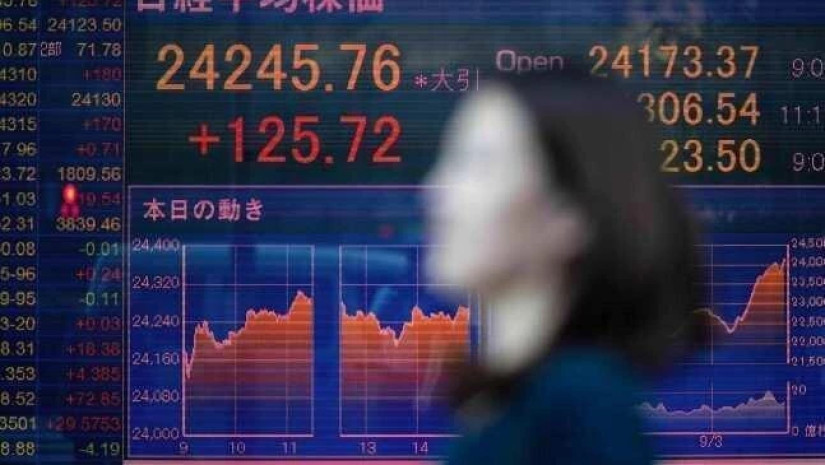At the end of the week, the annual G-20 summit for the world’s leaders convened in Osaka. Formed under U.S. President George W. Bush to curtail the impact of the 2008 global financial crisis, the summit’s focus has shifted to cover a broad range of global issues.
This year’s agenda was set to address topics including removing structural impediments to growth, revamping global trade systems, the data revolution (securing global data flows and privacy), climate change, employment issues within aging societies, women in the workplace, and universal health coverage, among others.
Japan’s core consumer inflation rate declined in May and factory manufacturing activity is expected to fall in June, putting pressure on Japan’s economy and the Bank of Japan (BoJ) to broaden its already aggressive stimulus program, possibly as early as next month.
The core consumer price index (CPI), which includes oil products but excludes volatile fresh food costs, rose 0.8% in May from a year earlier, according to government data.
The core-core CPI (the preferred metric for gauging inflation by Japan’s central bankers), which excludes both food and energy fluctuations, was up 0.5% versus the year-ago period.
The latest data spotlight the ongoing challenge the BoJ faces in achieving its 2% inflation target. At the same time, slowing global growth and the U.S.-China trade dispute threaten the country’s economic growth.
A private poll showed that manufacturing activity in Japan’s export-reliant economy again contracted in June—new orders are expected to fall at the fastest pace in three years.
At its June monetary policy committee meeting, the BoJ allowed its willingness to shift into a higher gear to combat the effects of slowing global growth. BoJ Governor Haruhiko Kuroda said that he stands ready to add stimulus “without hesitation” if Japan’s economy loses momentum, fueling investor expectations for a rate cut in July.
One argument for the rate cut is that a Federal Reserve easing would shrink the dollar’s yield premium over the yen and boost Japan’s currency.
The U.S. central bank, however, has room to cut rates far more than Japan, meaning the BoJ would be unable to stop the yield differential from narrowing by simply lowering its own rates.
Source - Galt & Taggart











